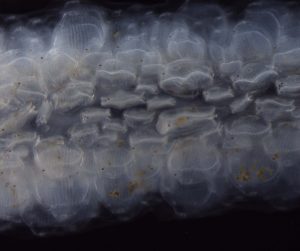How do you tell the difference between “detrital aggregates” and “fecal pellets” (aka zooplankton poop)? In the last few months I have been looking through thousands of particle images, and categorizing them as fecal pellets or aggregates. These particles sink and transport carbon from the surface ocean into the “twilight zone” and sometimes all the way to the seafloor. We want to quantify how much of each particle type is sinking because they represents two very different ecological pathways of carbon sequestration in the ocean. Surprisingly, identifying these two particle types is not as straight forward as you might think. One reason is that some zooplankton make fecal pellets that look a lot like detrital aggregates. For example during the 2018 NASA EXPORTS research cruise, we encountered a larger population of vertically migrating salps. These gelatinous pelagic tunicates produce large fluffy pellets, pictured here:
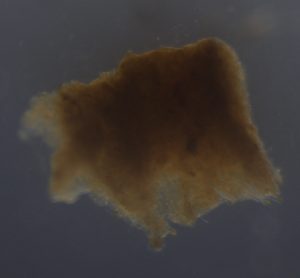
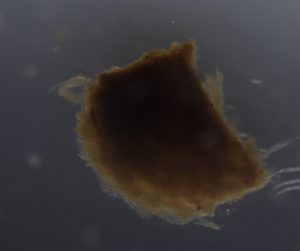
Fortunately salp pellets are fairly easy to spot since they are typically square shaped and look like shredded wheat cereal, according to Dr. Debbie Steinberg. Particles collected during the 2017 Sea to Space research cruise haven been a little more puzzling to me. These sinking particles collected offshore of the California coast look like fecal pellets, but also like more degraded aggregates (pictured below).
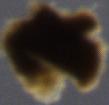
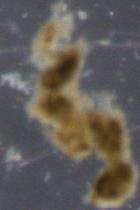
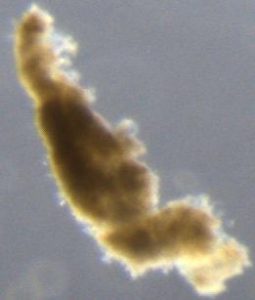

My current guess is that these are fecal pellets were produced by pyrosomes, another type of colonial pelagic tunicate. These bioluminescent animals lit up the ocean surface to a glowing green at night when our ship was steaming through them. Here is a micrograph of a colony of pyrosomes that got caught in the top of our sediment trap:
There are almost no studies on how pyrosomes digest their food, let alone what their fecal pellets look like. There is slightly more information on the closely related doliolids. I found a great video (linked to here) that shows how doliolids produce their fecal pellets. I recommend skipping ahead to minute 5. The video was created by Robert Fenaux, who also studied digestion in pyrosomes, but I can’t find that publication. These doliolid fecal pellets look very similar those particles I found in the sediment traps located where the pyrosomes were lighting up the water. As someone who considers herself a phytoplankton lover, I never thought I would get so excited about IDing poop particles!


